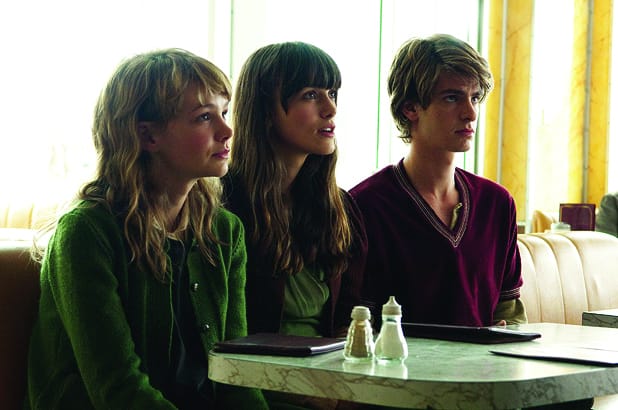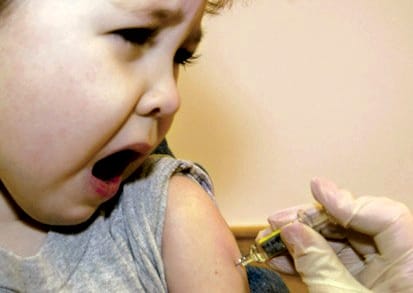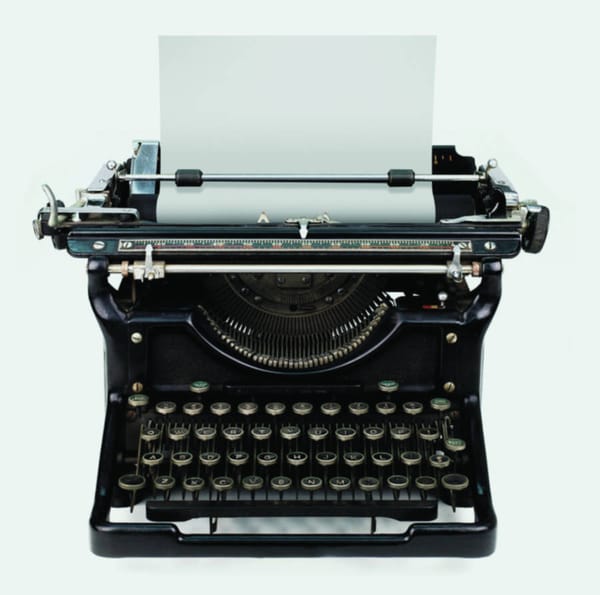The Clone Wars
The science behind Never Let Me Go

The film industry isn’t shy of a human cloning plot or two (Alien Resurrection, Multiplicity, The Island, anyone?) and last month was no exception with the UK release of Never Let Me Go, based on the 2005 novel by British author Kazuo Ishiguro. The film centers around three youths – Kathy, Tommy and Ruth – who are all pupils at a fictional English boarding school. So far, so normal. But behind its walls lies a dark secret, for Kathy and her peers are each a human clone, created from the DNA of members of society to act as organ donors. Throughout their lives, the clones are forced to undergo several ‘retrieval operations’, in which the required organs are plucked from their bodies, until one fateful day, when their original requires a vital organ, they ‘complete’, and their time is up.
Cloning humans to serve as organ donors is not yet a reality. Nevertheless, the concept of human cloning, much like reproductive technologies and genetic engineering in general, is not immune to controversy.
There are two types of cloning: therapeutic cloning and reproductive cloning. Therapeutic cloning involves inserting a patient’s cells (often skin cells) into a fertilized egg which has had its DNA removed. Once the cell divides, scientists can then extract stem cells from it and use these to grow tissue. The Human Fertilisation and Embryology Act, which has allowed research on human embryos for medical research since 1990, was amended in 2001 to make legal the cloning of human embryos for medical research into serious diseases and their treatments, under the provision that they are destroyed by the end of the 14th day.
Over the past decade therapeutic cloning has proved costly and often inefficient (over 90% of attempts at cloning fail to produce viable offspring) but it’s become invaluable for things like drug development and insulin production. Because therapeutically cloned tissue is a perfect genetic match for the patient, it reduces the risk of the body’s immune system rejecting it, and just three years ago, surgeons in Spain announced they had carried out the first tissue-engineered whole organ transplant using a windpipe made from the patient’s own stem cells.
Instead of using this type of technology to create organs suitable for transplants, Never Let Me Go makes use of human clones as the source of such items. To produce human clones would require reproductive cloning, which involves removing the nucleus of an egg cell and inserting a nucleus from a donor cell in place to create a new artificial cell that is a genetically identical copy of the donor. The new cell is equipped with the full genetic toolkit needed to develop into a human being. When it starts to divide, it sparks the embryonic development process. In order to clone a human, scientists would have to transfer this lump of cells from the petri dish into a uterus and allow it to develop. The concept of human cloning started moving from the realm of science fiction to that of reality following the birth of Dolly the sheep – the world’s first cloned vertebrate – in 1997. The Human Reproductive Cloning Act, passed in the UK in late 2001, made it an offense to implant a cloned human embryo into a womb and threatens a hefty prison sentence to anyone who tries. But whilst cloning humans for reproductive purposes may be illegal in the UK, it hasn’t stopped scientists trying their chances elsewhere. Around a decade ago, Italian embryologist Dr. Severino Antinori, famous for his fertility work, became the centre of debate when he made public his intentions to use cloning technology to help infertile couples have children.
Antinori planned to inject DNA from the father into an egg before it was implanted into the womb, so that the resulting child would be a clone of its father. In 2009, he claimed three of his clones – then supposedly all nine years of age – were alive and kicking somewhere in Eastern Europe. There’s still no evidence that these clones exist and scientists remain somewhat skeptical.
Media-covered scandals like these that seep into the public consciousness do little to relieve the fears surrounding cloning already instilled amongst society. For many, the technical and health risks involved with reproductive cloning are reason alone to ensure the concept never comes to fruition. There is widespread unease over the inability of scientists to predict to what extent cloning could impact on mental and physical development should a defect in the donor cells occur. What would happen to cloned humans that are past the pre-embryo stage but are unlikely to turn into live, healthy offspring?
Cloned animals tend to have weaker immune systems, as well as higher rates of infection, tumor growth and other disorders. So far scientists have been unable to see how clones age because many cloned animals haven’t lived long enough. Dolly was put to sleep in 2003 after developing progressive lung disease. Her death – just six and a half years after her conception – sparked concerns about her true age, and whether her cloning was attributable to her cause of death.
These risks aside, human cloning also dumps a whole heap of ethics on the lab bench. Though science fiction might be to blame for perpetuating gross misconceptions of a utopian society, the idea of creating exact human copies has provoked the kind of ethical dilemmas often asked when considering abortion. At what point does life start? Who would have control over a clone’s body, their actions, and their life? Would clones be at liberty to claim equal rights as their donors, or equal rights to those created by natural fertilization?
In the film, pupils at the school become so accepting of their fate that they don’t attempt to challenge it. Each of them are treated as nothing more than a dehumanised organ repository, soulless and unworthy of emotion. They are monitored with electronic bracelets like animals, required to sit through frequent medical examinations and are forbidden from doing things that could possibly jeopardize their health, such as smoking, drinking and having unprotected sex.
Any clone created in the laboratory is essentially an artificial product, the result of a human decision and human action. There is concern that some creators will use the technique as a mere means to fulfill their selfish whims, egoism and self-interest, as seen in the case of Antinori. Like the fertility field, human cloning for reproductive purposes has the potential to become a lucrative industry.
Though ‘organ farms’ are an unlikely possibility (and arguably immoral) the film’s premise highlights the hypothetical benefits of reproductive cloning for organ transplantation. According to latest figures from the NHS Organ Donation Register in the UK, 10,500 people are currently in need of a transplant and approximately 1,000 people die every year whilst waiting for one. Creating clones from which organs and other bodily elements could be harvested would both reduce the need for donors, and reduce the chance of organ rejection.
It’s not just transplant technology that human cloning may have the potential to assist; the cloning of animals would aid our understanding of the safety and efficiency of the cloning technique on humans. Scientists in favour of cloning speak of its ability to assist infertile couples and greatly improve our understanding of the genetic basis of disease.
The future for genetic and reproductive technologies may be exciting, but it’s frightening as well. The technical and ethical factors are abundant. Mix these with the moral imperative, the types of emotional issues seen in Never Let Me Go, plus a shroud of public mistrust generated by cloning scandals and you have a contentious issue on your plate. With this in mind, perhaps we should rest safe in the knowledge that this premise belongs only to fiction, for now.








